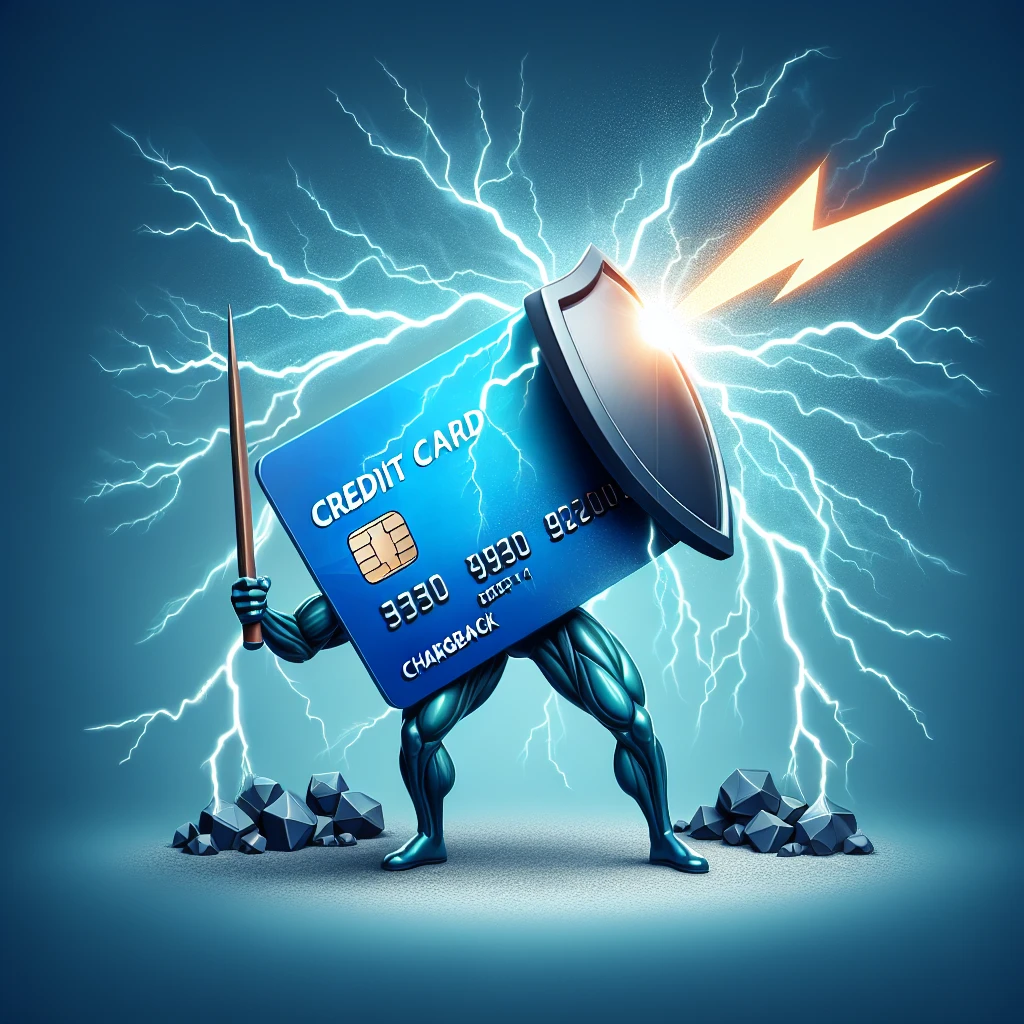Blockchain and Cryptocurrency in Payments
The advent of blockchain and cryptocurrency has ushered in a new era of financial transactions, challenging the traditional paradigms of money transfer and payment processing. This technology is not just a fleeting trend; it's a seismic shift in the way we conceptualize the flow of money. At the heart of this revolution is a decentralized ledger system that offers unprecedented transparency, security, and efficiency.
Consider the following ways blockchain is innovating payments:
- Reduced Transaction Costs: Cryptocurrencies circumvent the need for traditional banking intermediaries, slashing the fees associated with cross-border transactions.
- Enhanced Security: The immutable nature of blockchain creates a tamper-proof record of transactions, significantly reducing the risk of fraud and unauthorized activities.
- Real-time Processing: Blockchain enables near-instantaneous settlements, a stark contrast to the days-long wait times of conventional bank transfers.
Moreover, the integration of cryptocurrencies into e-commerce platforms is not just a possibility—it's becoming a necessity for businesses aiming to stay ahead. The flexibility and global reach afforded by cryptocurrencies mean that merchants can now tap into markets previously inaccessible due to financial barriers.
However, it's not all smooth sailing. The volatile nature of cryptocurrencies and the regulatory uncertainties surrounding them pose challenges that need to be navigated with care. Yet, the potential for blockchain to streamline and secure payments is too compelling to ignore, promising a future where financial transactions are more inclusive, efficient, and transparent than ever before.

The Rise of Mobile and Peer-to-Peer Payments
Following the trail blazed by blockchain and cryptocurrency, another transformative trend is reshaping the financial landscape: the rise of mobile and peer-to-peer (P2P) payment platforms. These innovative solutions are gaining traction at an astonishing rate, redefining convenience and accessibility in financial transactions.
Mobile payment solutions, such as digital wallets and contactless payments, have become the new normal for consumers worldwide. The ubiquity of smartphones has made it possible for people to manage their finances and make payments anytime, anywhere. This level of convenience is not just a luxury; it's a necessity in our fast-paced, digital-first world.
Peer-to-peer payment platforms are equally revolutionary. They allow individuals to send and receive money from their peers without the intermediation of traditional financial institutions. This democratization of financial transactions has several key benefits:
- Cost Efficiency: By eliminating the middlemen, P2P payments often incur lower fees than traditional bank transfers.
- Speed: Transactions are typically instantaneous, a stark contrast to the processing delays of conventional banking systems.
- Convenience: With just a few taps on a smartphone, users can complete a transaction without the need for physical cash or checks.
- Accessibility: P2P platforms have made financial services more accessible, especially in regions where banking infrastructure is limited.
Moreover, the integration of P2P payment systems into e-commerce platforms has been a game-changer for online businesses. It simplifies the checkout process and offers customers a seamless payment experience. For insights into securing these transactions, one might explore best practices for businesses to ensure a safe and trustworthy environment.
Despite their numerous advantages, mobile and P2P payments are not without challenges. Security concerns, privacy issues, and the need for regulatory compliance are just a few of the hurdles that must be addressed. However, the potential for these platforms to further streamline and democratize financial transactions is immense. They are not merely trends but are fast becoming the bedrock of a new financial paradigm.
In the grand tapestry of fintech, mobile and P2P payments represent a significant thread, weaving together technology and finance in a pattern that speaks to the future of money. As we look ahead, it's clear that these platforms will continue to evolve, driven by consumer demand and technological innovation, paving the way for an even more interconnected and efficient global economy.
AI and Machine Learning in Financial Services
Amidst the evolution of fintech, artificial intelligence (AI) and machine learning (ML) are not just buzzwords but pivotal tools revolutionizing financial services. The application of these technologies extends far beyond basic automation, offering nuanced, intelligent solutions that are transforming how we interact with our finances.
Let's delve into the myriad ways AI and ML are enhancing financial services:
- Fraud Detection: Financial institutions are harnessing the power of AI to analyze patterns and detect anomalies that may indicate fraudulent activity. By learning from historical data, these systems can identify potential threats in real-time, reducing the risk of financial loss and increasing trust in digital transactions.
- Personalized Banking: Imagine a banking experience tailored to your unique needs and preferences. AI-driven algorithms analyze your spending habits, investment choices, and financial goals to provide customized advice and product recommendations, ensuring a more personalized and engaging banking journey.
- Risk Management: AI and ML excel in assessing and managing risk by evaluating vast datasets to predict loan defaults, market changes, and other financial risks. This predictive power enables proactive strategies, safeguarding both institutions and customers against potential financial downturns.
- Customer Service: Chatbots and virtual assistants, powered by AI, are redefining customer service in the financial sector. These tools provide instant, 24/7 support for a range of inquiries, from balance checks to complex transaction queries, enhancing customer experience and operational efficiency.
One particularly striking example of AI's impact is in exploring transaction fees. AI systems can sift through the complexities of transaction fees across various platforms to recommend the most cost-effective options for merchants, optimizing their financial operations.
But the benefits of AI and ML don't stop at the individual or business level. They're also playing a crucial role in shaping regulatory compliance, with algorithms designed to ensure that financial activities adhere to evolving legal standards, thereby streamlining compliance processes and reducing the risk of penalties.
As we advance, the integration of AI and ML in financial services promises not only to enhance existing frameworks but to innovate and create new paradigms. The future of financial transactions is not just about digitalization but about intelligent, adaptive systems that learn, evolve, and anticipate the needs of consumers and businesses alike, paving the way for a smarter, more secure financial ecosystem.







